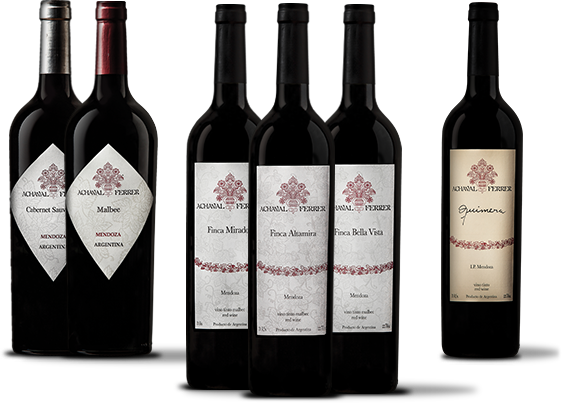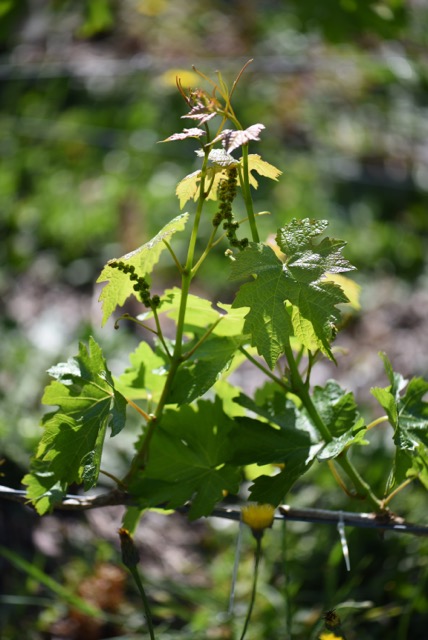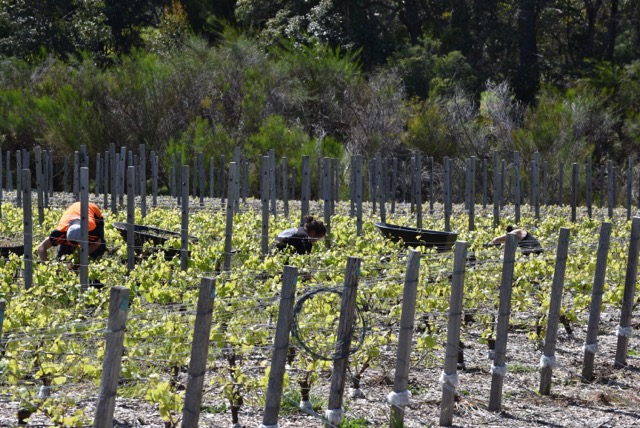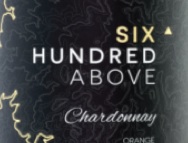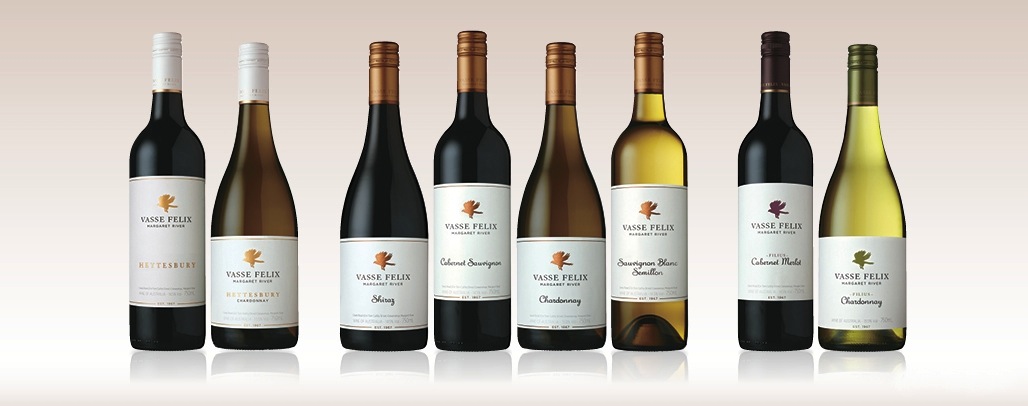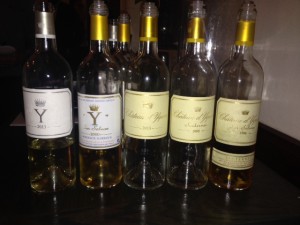Prestige Western Australian Cabernet Sauvignon
Barry Weinman: 19th December 2015
With wine tasting, as in life in general, some days are better than others. A bracket of Clare Valley Riesling for example, is always going to be infinitely more enjoyable than tasting Barossa Pinot Noir.
Then there are the really good days. Days when you feel privileged to be given the opportunity to taste the wines presented. Days when the most challenging part of the tasting is bringing yourself to spit the wine out after each sip…
And so it was that I sat down to taste a cross-section of some of Western Australia’s most highly acclaimed Cabernets. Naturally, there can only be so many wines included in a line up like this, so some of the wines that I have rated highly recently were not included here. This includes the likes of the Vasse Felix Heytesbury and Moss Wood (from the Moss Wood Vineyard).
Overall, the wines were outstanding, and the points allocated in this blind tasting arbitrary. A score of 18.5 could easily have been 19, with the minor variations in points indicating my ever-so-slight personal preferences between the wines.
It will come as no surprise that the wines from Margaret River showed so well. It may surprise some though that my top wine (just) was Larry Cherubino’s Frankland River Cabernet Sauvignon. One of the best Australian Cabernets that I have tasted in recent years.
From a value perspective, the Xanadu Cabernet was a clear standout. A superb wine at a sensible price!
Prestige Western Australian Cabernet Sauvignon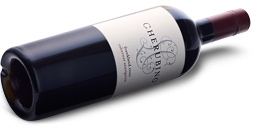
Cherubino – Cabernet Sauvignon – Frankland River – 2013 (19). The profile here is different to the Margaret River wines, but all the better for it. Supple, ripe fruit is the focus, with a core of minerality. The palate is silky and feminine, with fine (souring) acidity and supple oak and tannin structure. The textured finish is very long and incredibly fine. May turn out to be one of the greatest wines released from Frankland. (RRP $110).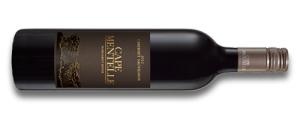
Cape Mentelle – Cabernet Sauvignon – 2013 (18.8). A slightly different style to recent releases, where the fruit is more accessible. Fresh blackcurrant aromas with hints of mint and herbs. The palate is refined and silky, the ripe fruit set against a backdrop of silky oak and tannins. The acidity brings the whole package to life. A tremendous wine that will be long-lived. (RRP $100).
Cherubino – Cabernet Sauvignon – Margaret River – 2013 (18.7). Really deep smelling fruit, with spice and spearmint over ripe mulberry notes and a hint of pepper. The palate is dense and structured, yet remarkably refined. The length and texture truly outstanding. There is a silky mouth-feel supported by very supple oak and superb tannin management. A brilliant wine that will live for decades. (RRP $75).
Cullen – Cabernet Sauvignon – Diana Madeline – 2013 (18.7). Red berries to the fore, with gentle earth and tar aromas. The palate is relatively lean, with the bright acidity masking the fruit. Very fine oak and tannins dominate the finish, serving to close down the fruit, though a bit of air helped the fruit express better. A very impressive wine that is firmly in the mould of fine left-bank Bordeaux. (RRP $120).
Voyager Estate – Cabernet Sauvignon – Project U12 – North Block – 2011 (18.6). Very closed and restrained nose. The palate only hints at what is to come over the years. Silky oak combines with oh-so-fine tannins. The texture is outstanding, even if the fruit needs time to emerge. With air, there is a degree of plushness that is most attractive. A lovely wine that has taken a step up from the 2010, which was a pretty smart wine in its own right. (RRP $90).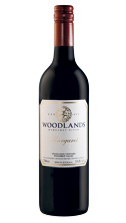
Woodlands – Cabernet Sauvignon – Margaret – Reserve – 2013 (18.6). Aromas of blackberry, blueberry, mint and hints of fresh herbs. This wine sits firmly in the middle-ground, with fine fruit the focus. The structural components frame the fruit, while the acidity carries the finish. Ideally needs 5 years to hit its straps, but a super wine that will give great drinking pleasure any time over the next 15 years. A brilliant follow up to the 2012 and good value at around $50.
Xanadu – Cabernet Sauvignon – 2013 (18.5+). A totally seductive wine that is silky, supple, soft and textured. The fruit is actually quite closed, but the balance is so good that you are left wanting another mouthful. Fruit characters expressed include plum and mulberry, with a spice-lift courtesy of the fine oak and firm tannins. Superb now, or in 20 years, and great value to boot. (RRP $37).
Grace Farm – Cabernet Sauvignon – 2014 (18.3). Lovely fruit combined with slick winemaking makes for an excellent drink. Blackcurrant, spice, hints of menthol and eucalypt all unfold on the palate. The mouth-feel is superb, with wonderful poise and balance. Very fine oak frames the fruit perfectly, with the acid and tannins adding depth. A relative bargain at $35.



